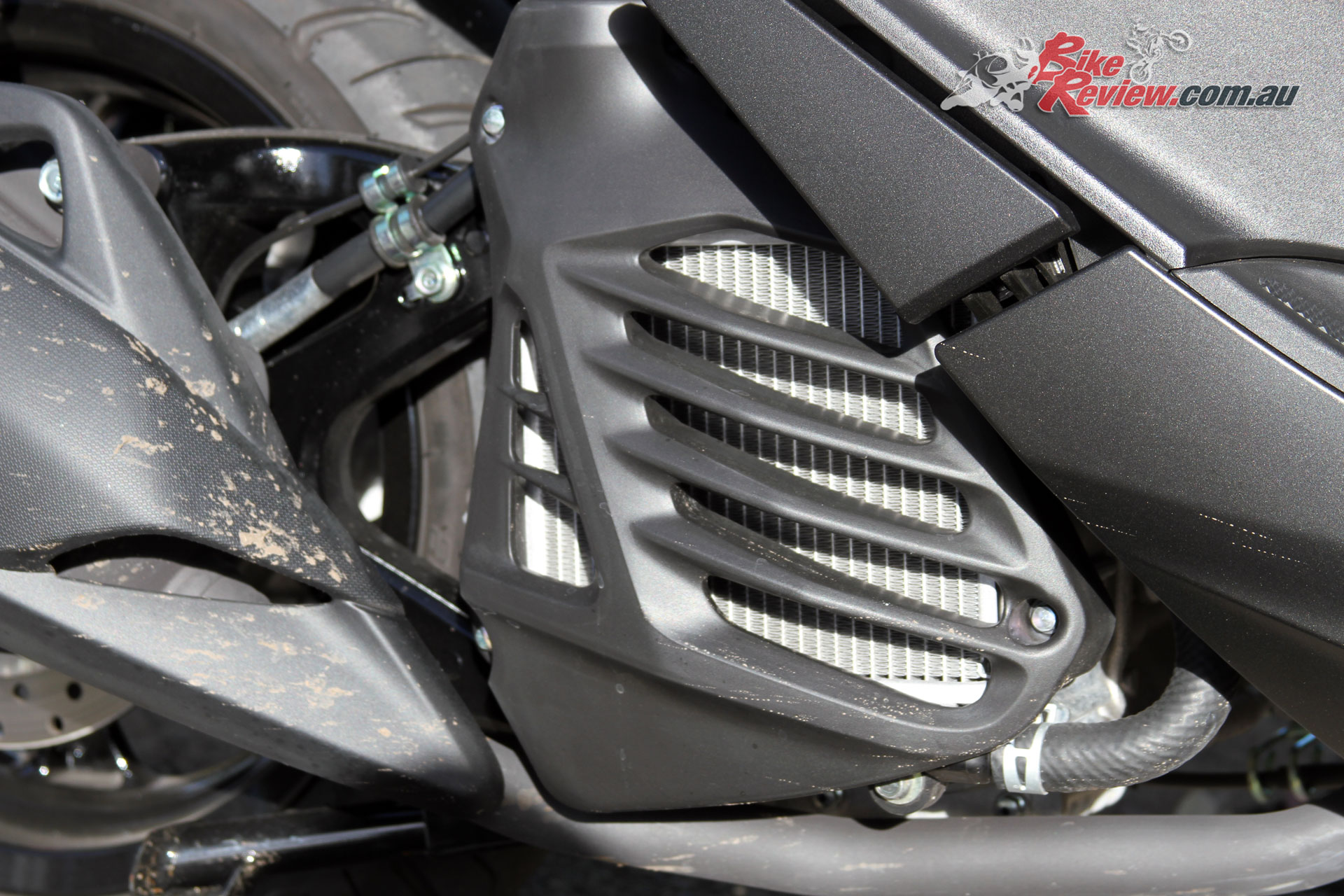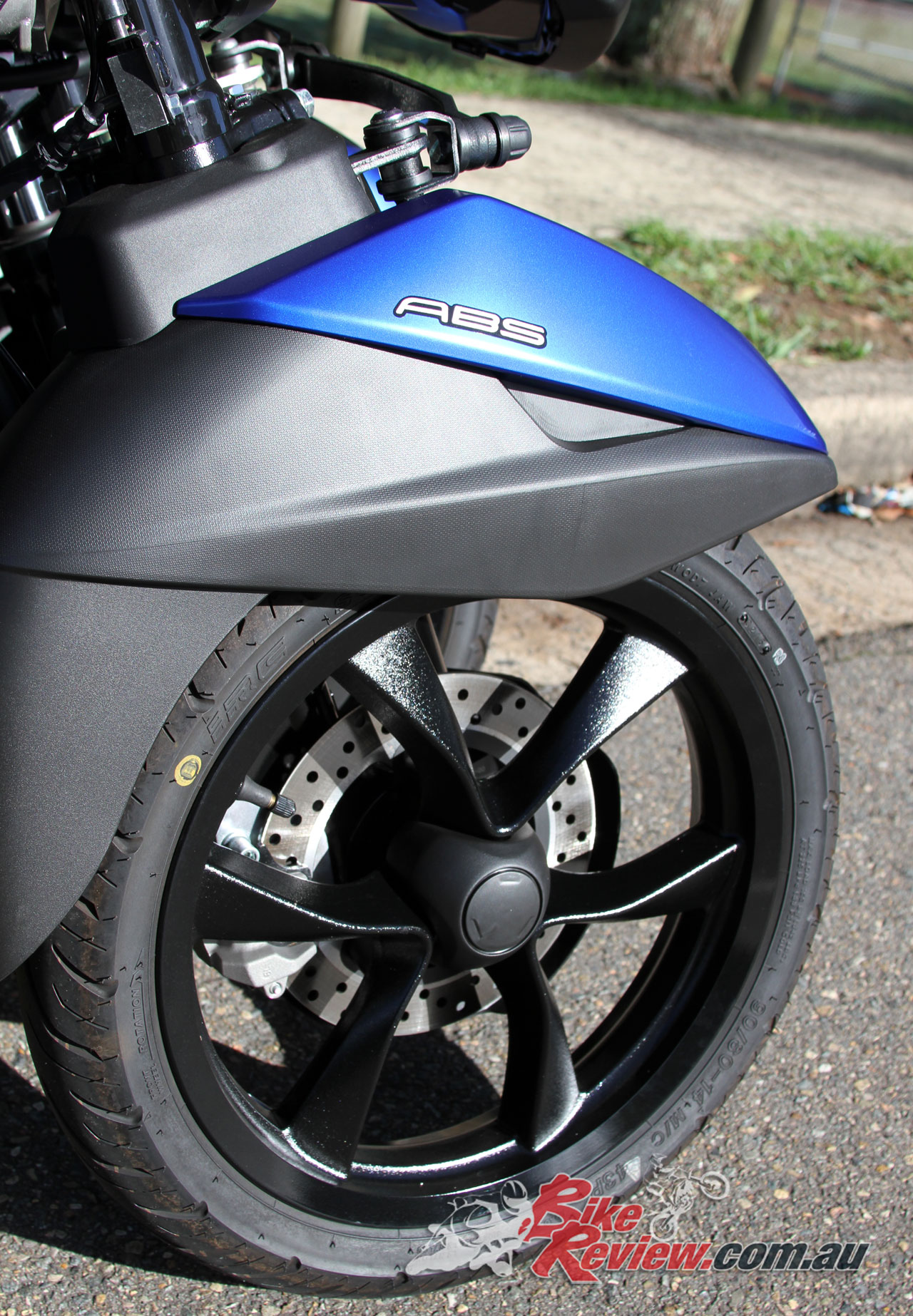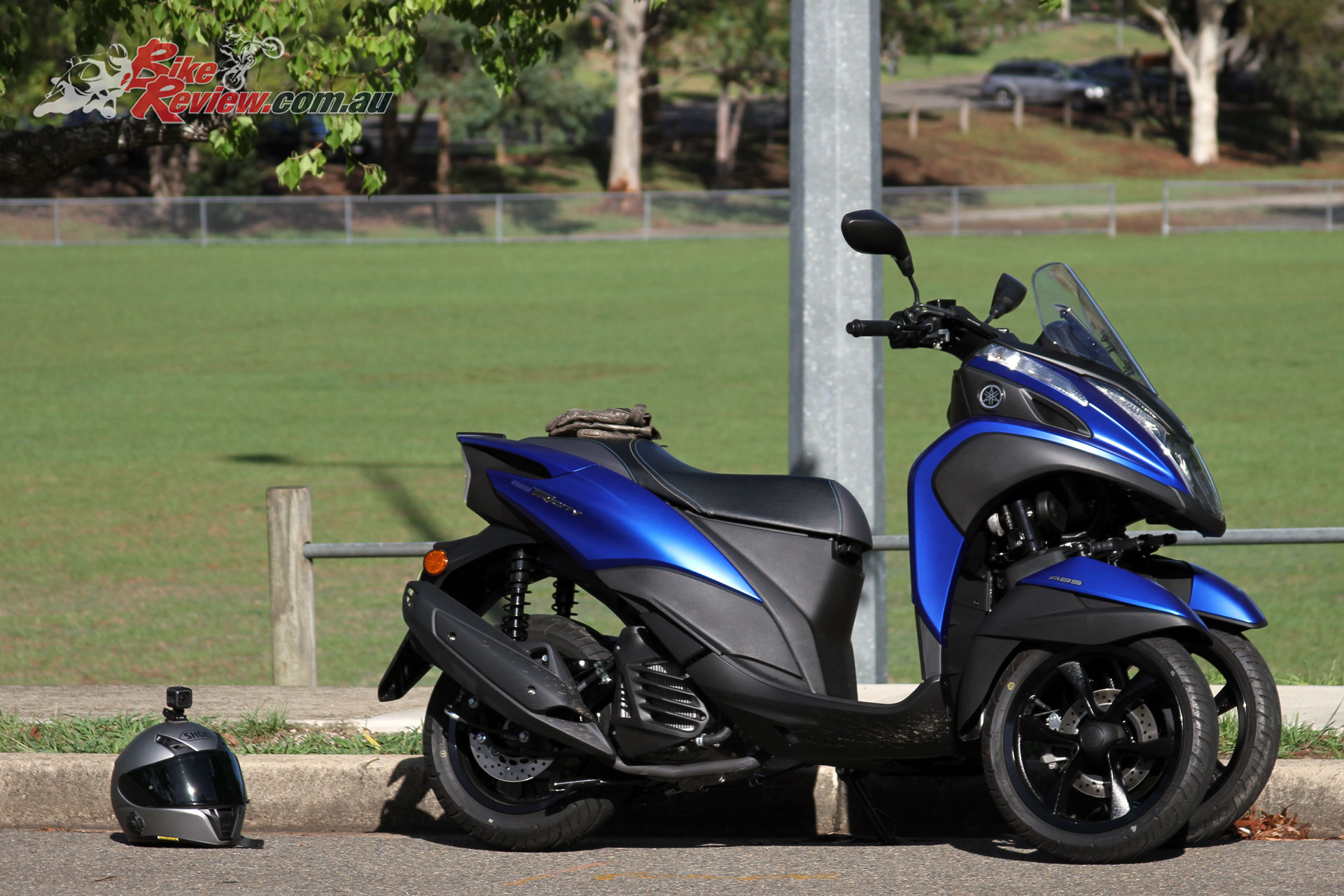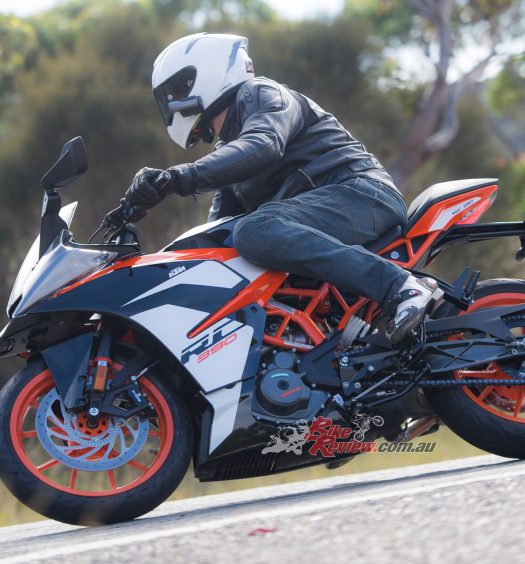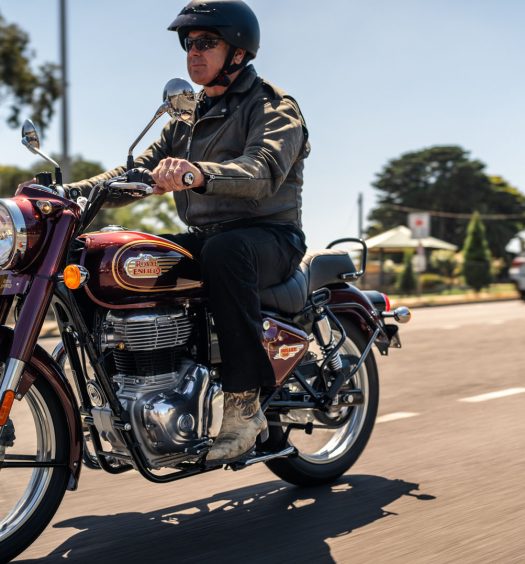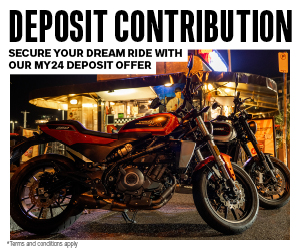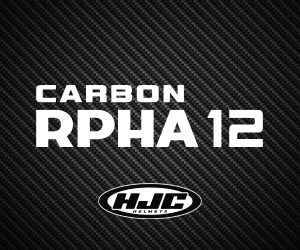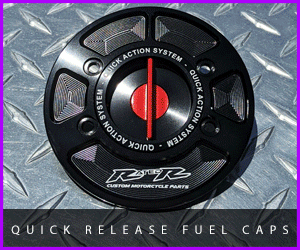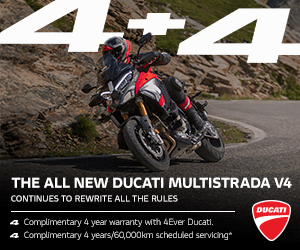Video Review: 2018 Yamaha Tricity 155 Scooter
Yamaha’s Tricity 155 scooter offers a great entry point to scootering, and even motorcycling, with a futuristic, sporty design, an updated larger capacity Blue Core powerplant, and a dual wheel front setup, that aides stability, without taking away sporty handling.
The Tricity 155 is available for $5,099 RRP plus On-Road costs, and comes standard with a one-year warranty. You can find our full written test review here: Review: 2018 Yamaha Tricity 155 ABS
Tricity 155 Tech Talk
Yamaha’s Tricity 155 benefits from a new Blue Core liquid-cooled single-cylinder powerplant, with the four-stroke, four-valve engine using a single overhead cam and as the name suggests displacing 155cc. Bore x stroke is 58 x 58.7mm, with a compression ratio of 10.5:1, with a V-Belt automatic transmission.
Power is a moderate 11.1kW (14.8hp) at 8000rpm, with torque of 14.4Nm at 6000rpm, giving a punchy low range ideal, and is ideal for speeds of up to 60-70km/h, and will happily run along at speeds of 90-100km/h on the limit.
A backbone type frame is mached to a telescopic fork system, with two fork legs on each front wheel, which are mounted on a single side and incorporate 220mm rotors and calipers, with ABS as standard. Front tyres are 14in units, taking 90/80 – 14 tyres. The rear tyre is a 13in unit taking a 130/70 – 13 tyre, and boasts a 230mm rotor, with ABS. Yamaha’s Unified Braking System is also found, which helps balance brake application, which on a scooter is a good option.
Weight is a hefty 165kg, considering the capacity, but is largely offset by the dual front wheel setup, with the Tricity obviously larger and heavier to move around on foot than say Yamaha’s NMax. While riding this weight falls away.
The overall width is only 750mm so lane splitting is a possibility, with a seat height of 780mm, and wheelbase of 1350mm, while ground clearance of 125mm makes this very much a city commuter and not ideal for more adventurous riding.
Storage is generous below the seat, with room for a full face helmet with a bit of room to spare, while a glove compartment also offers storage for small items and a power point. The ignition plate unlocks the seat, and the fuel cap is found under the seat. The headlight is also a LED unit.
2018 Yamaha Tricity 155 ABS (LAMS) Specifications
Price: $5,099 + ORC
Warranty: One-year, unlimited kilometre
Colours: Cyber Blue, Oxford Grey
Claimed power: 11.1kW[14.8hp]@8000rpm
Claimed torque: 14.4Nm@6000rpm
Wet weight: 165kg
Fuel capacity: 7.2L
Engine: Liquid-cooled, four-stroke, SOHC, four-valve, 155cc, 58 x 58.7mm bore x stroke, 10.5:1 compression, EFI, TCI, V-Belt Automatic, Variable Valve Actuation (VVA)
Gearbox: Auto
Chassis: Backbone frame, Unit swingarm
Suspension: Dual telescopic forks, 90mm travel, dual rear shocks, 90mm travel
Brakes: ABS, Dual 220mm front rotors, single 230mm rear rotor, single-piston calipers
Wheels & Tyres: Alloy six-spoke wheels, 90/80 – 14, 130/70 – 13
Dimensions:
Wheelbase: 1350mm
Seat height: 780mm
Overall height: 1210mm
Overall width: 750mm
Instruments: Multifunction LCD display



